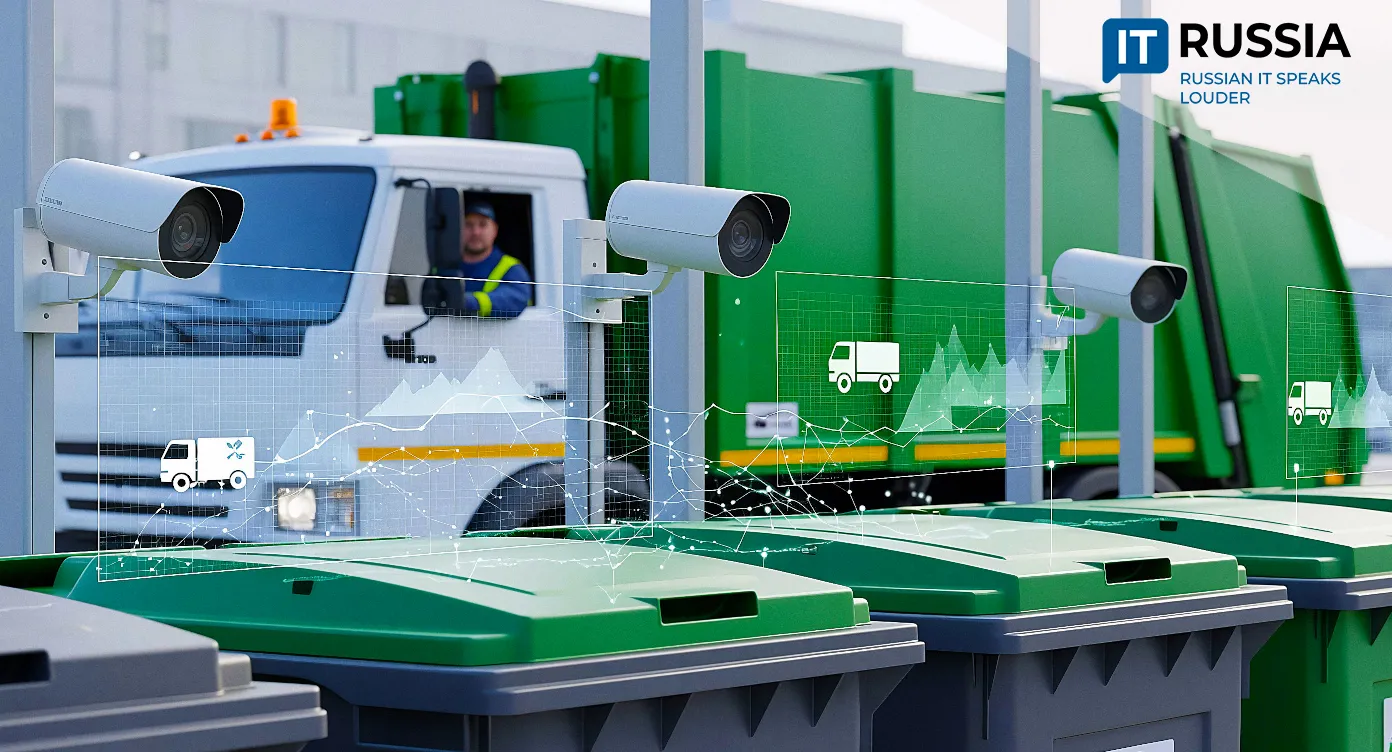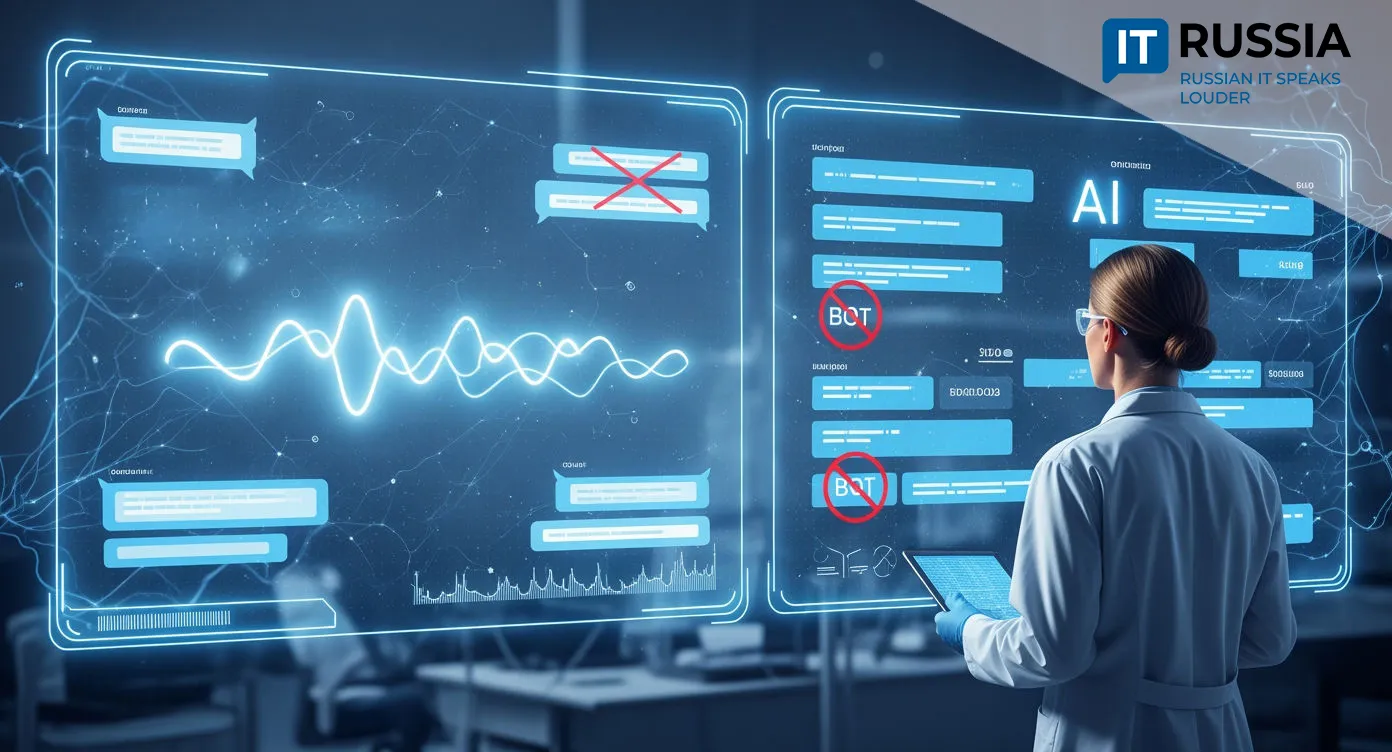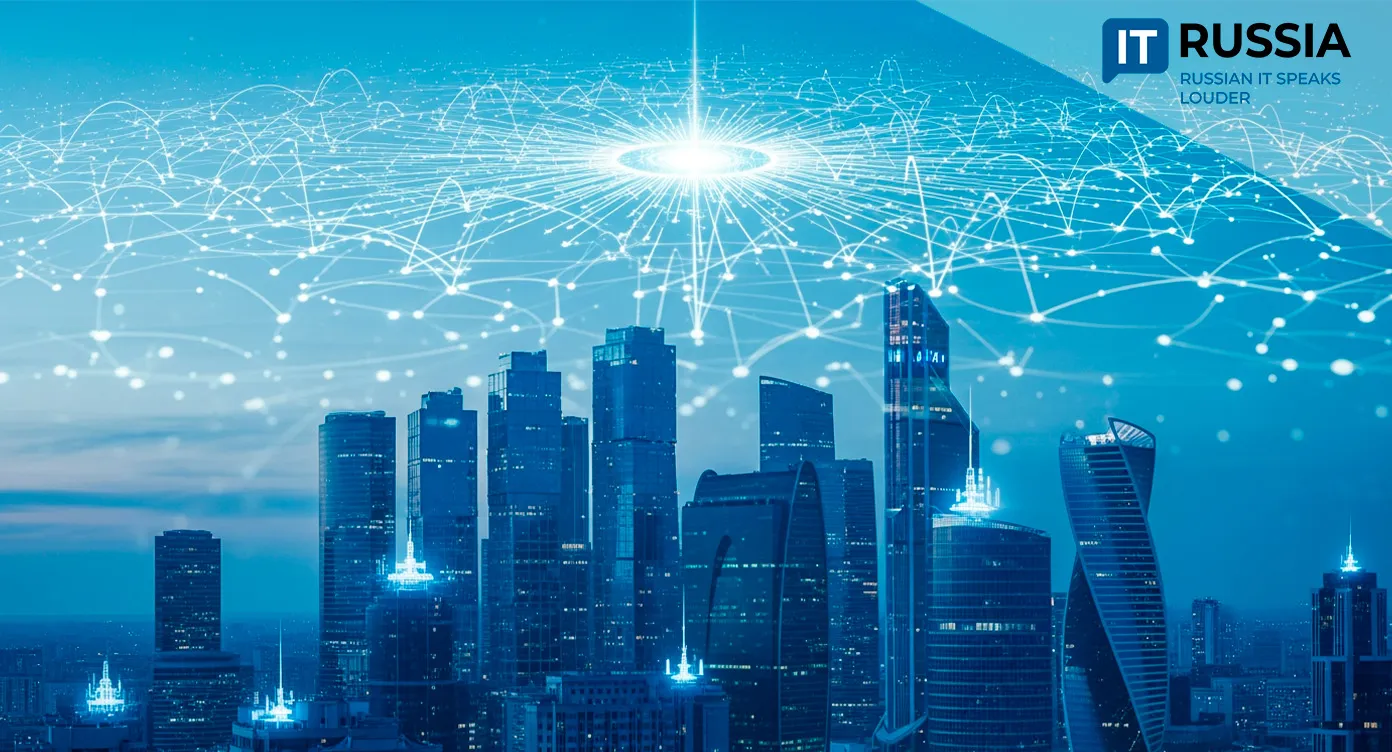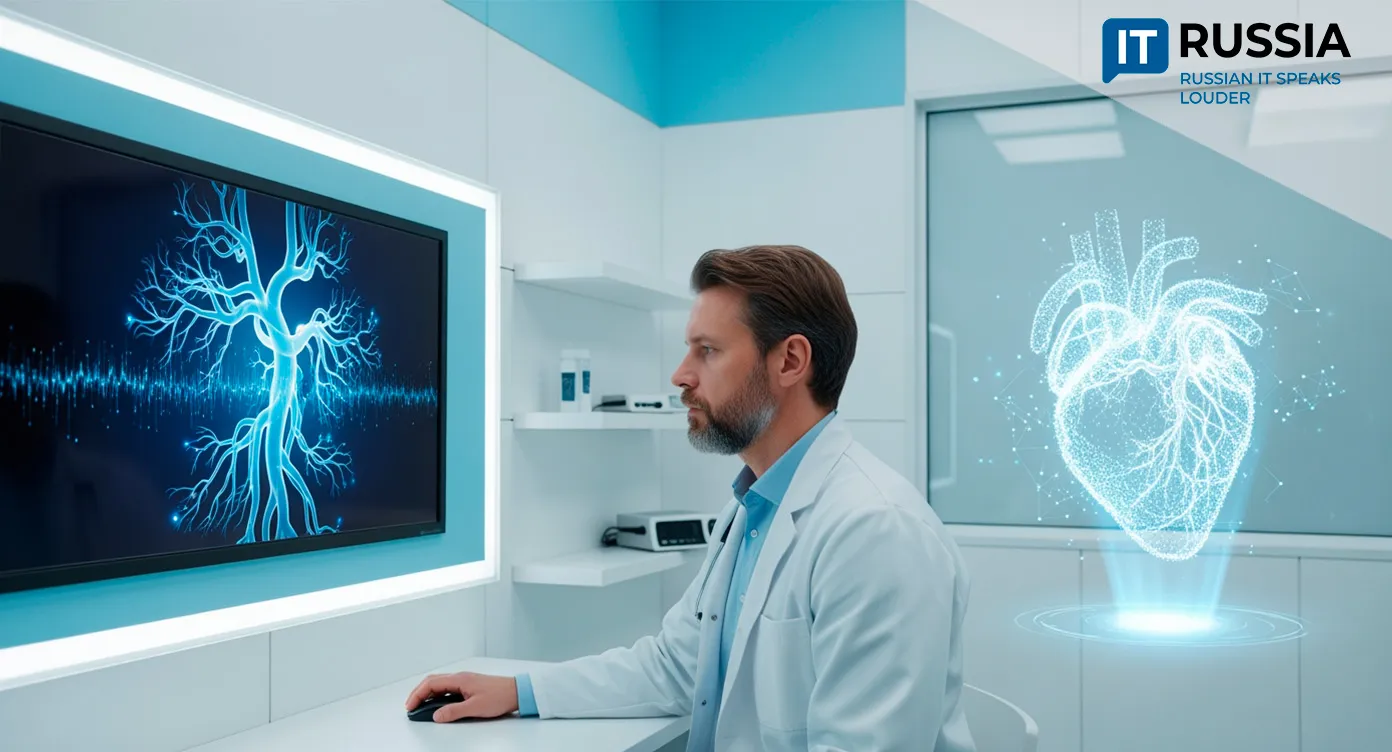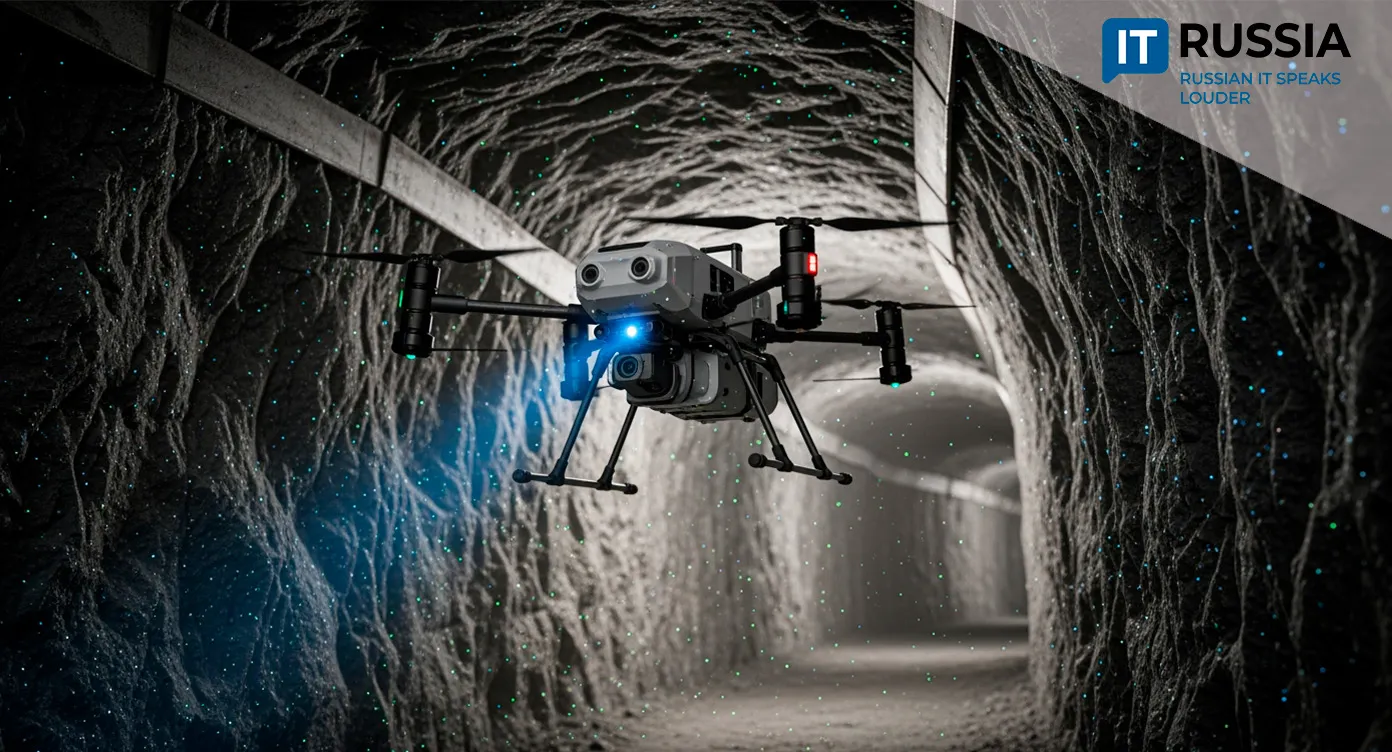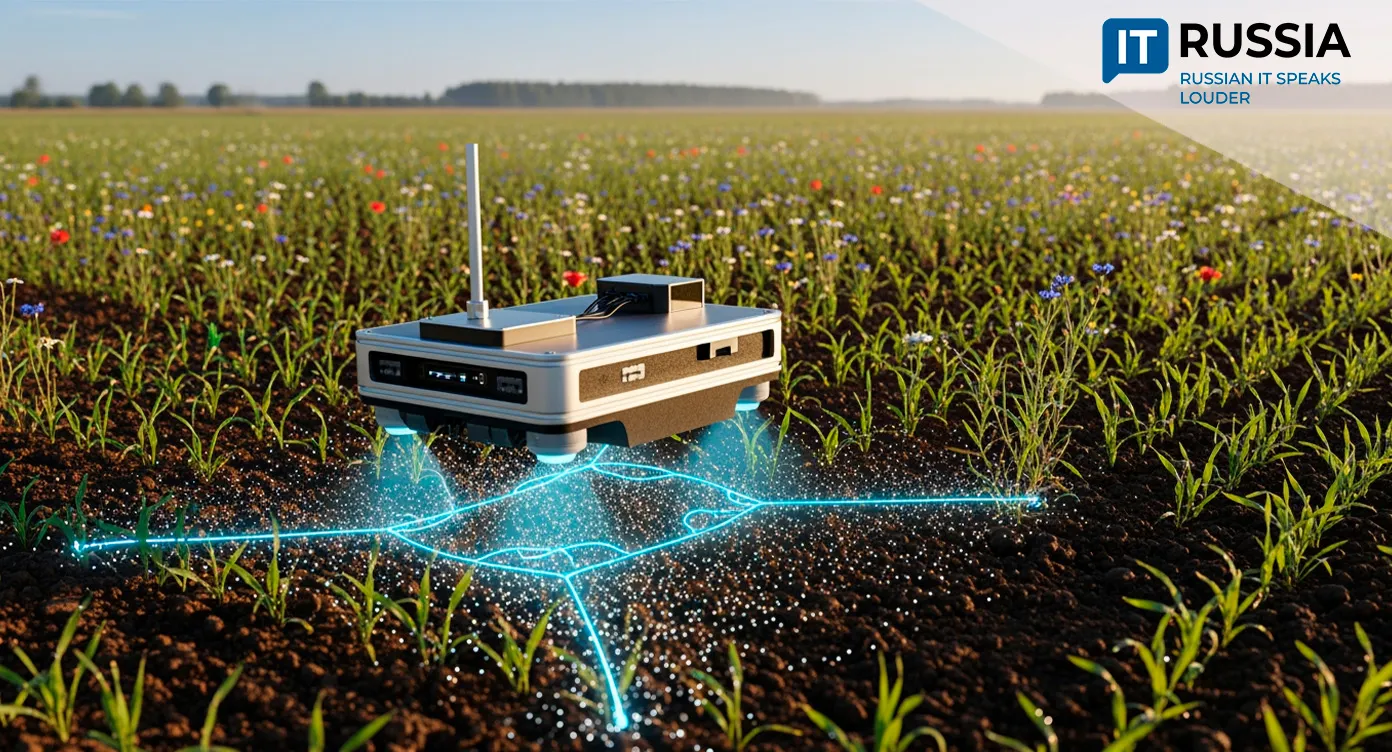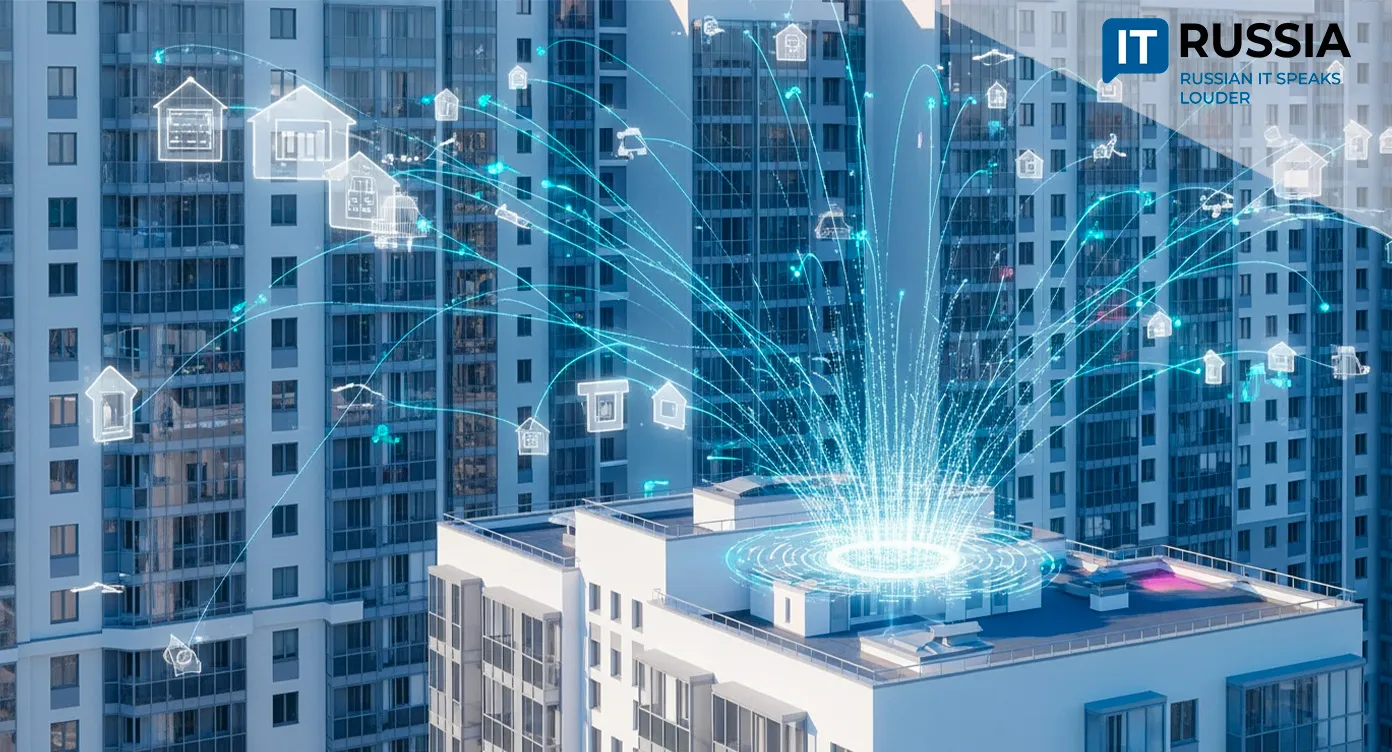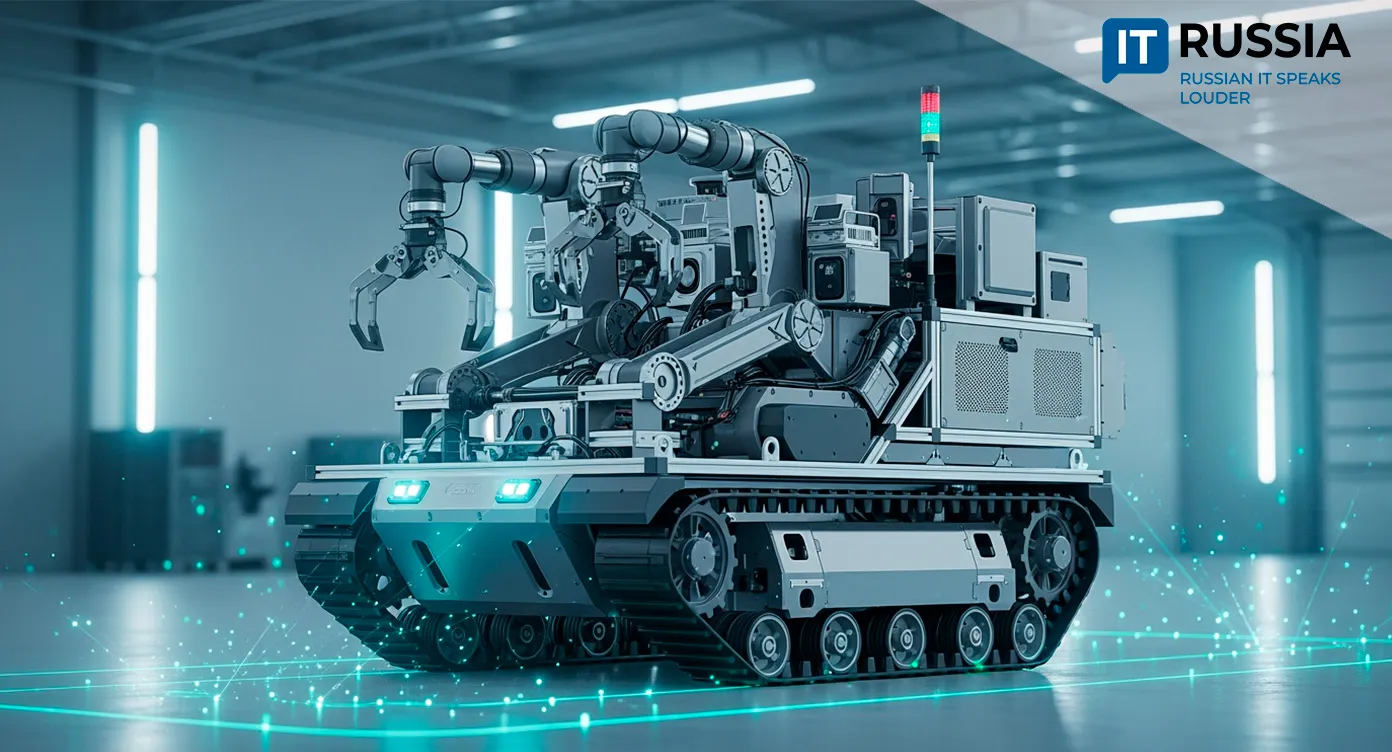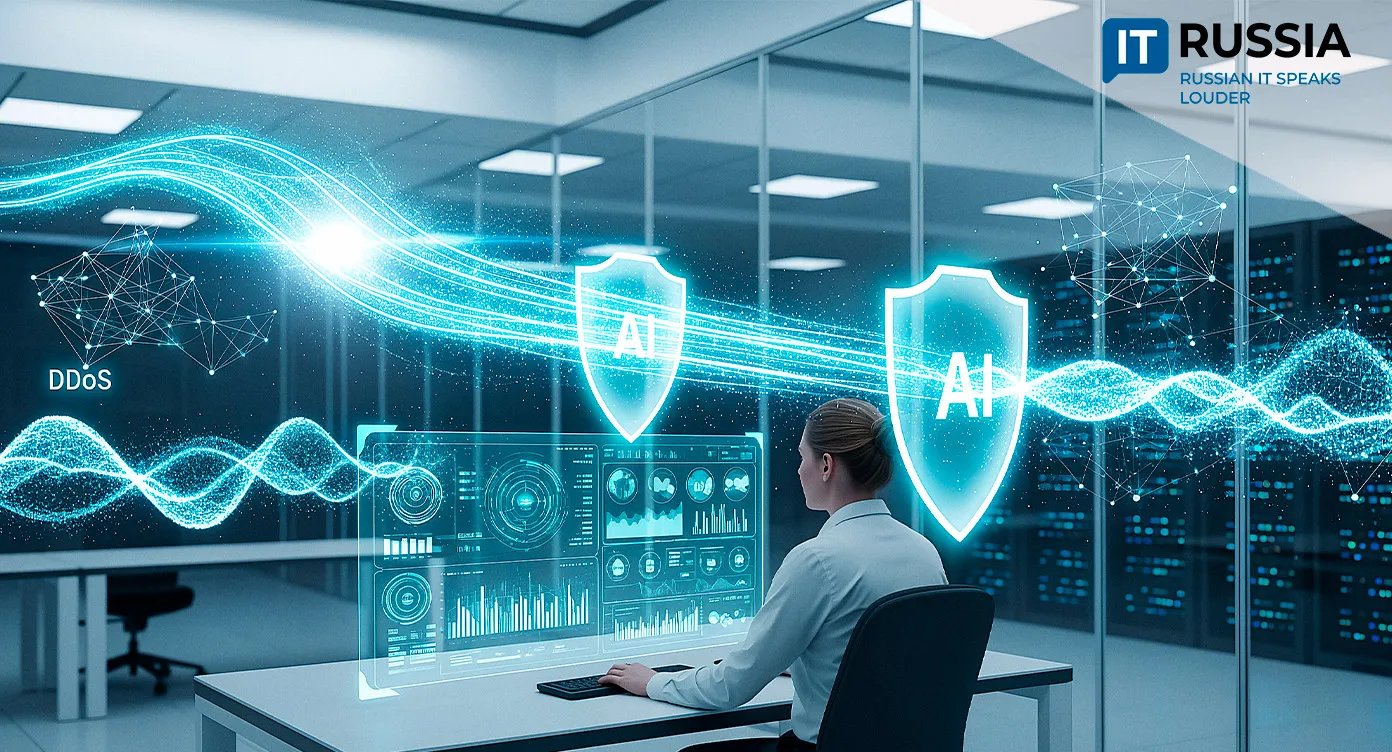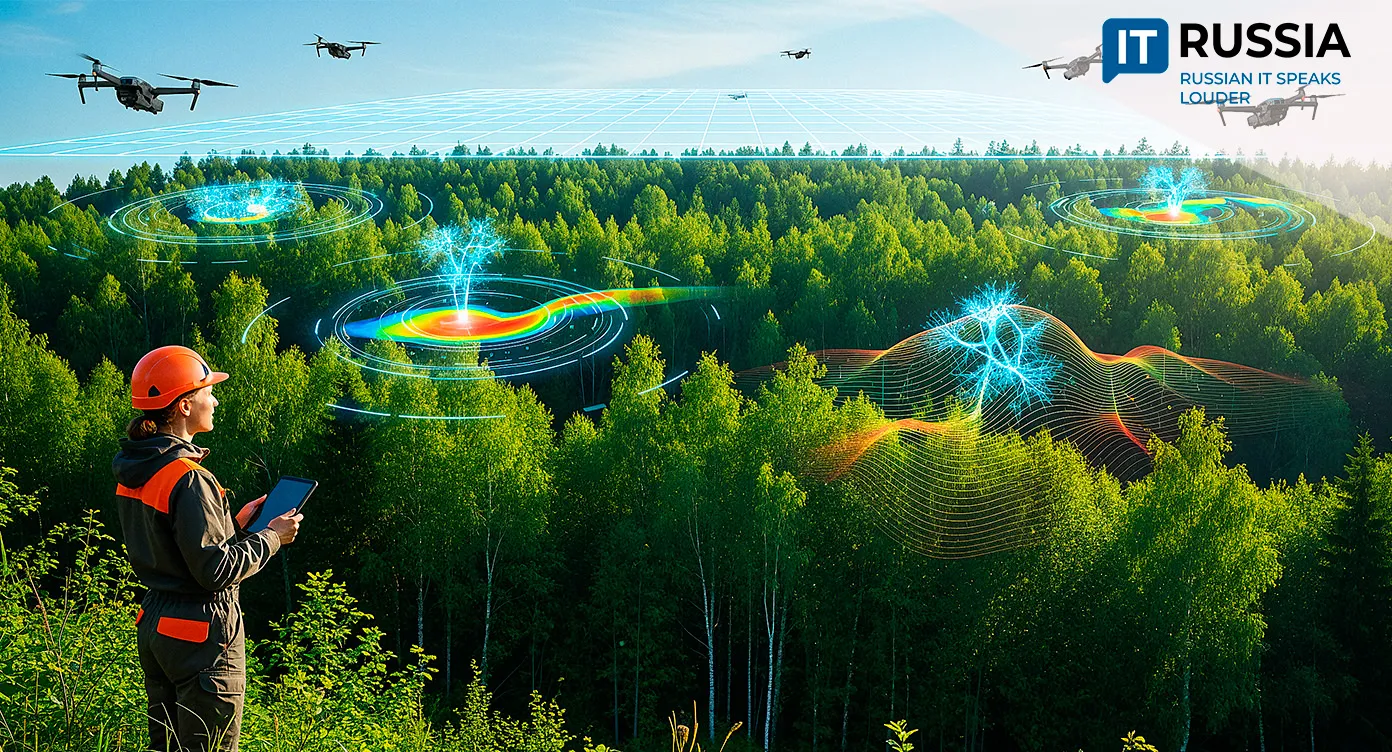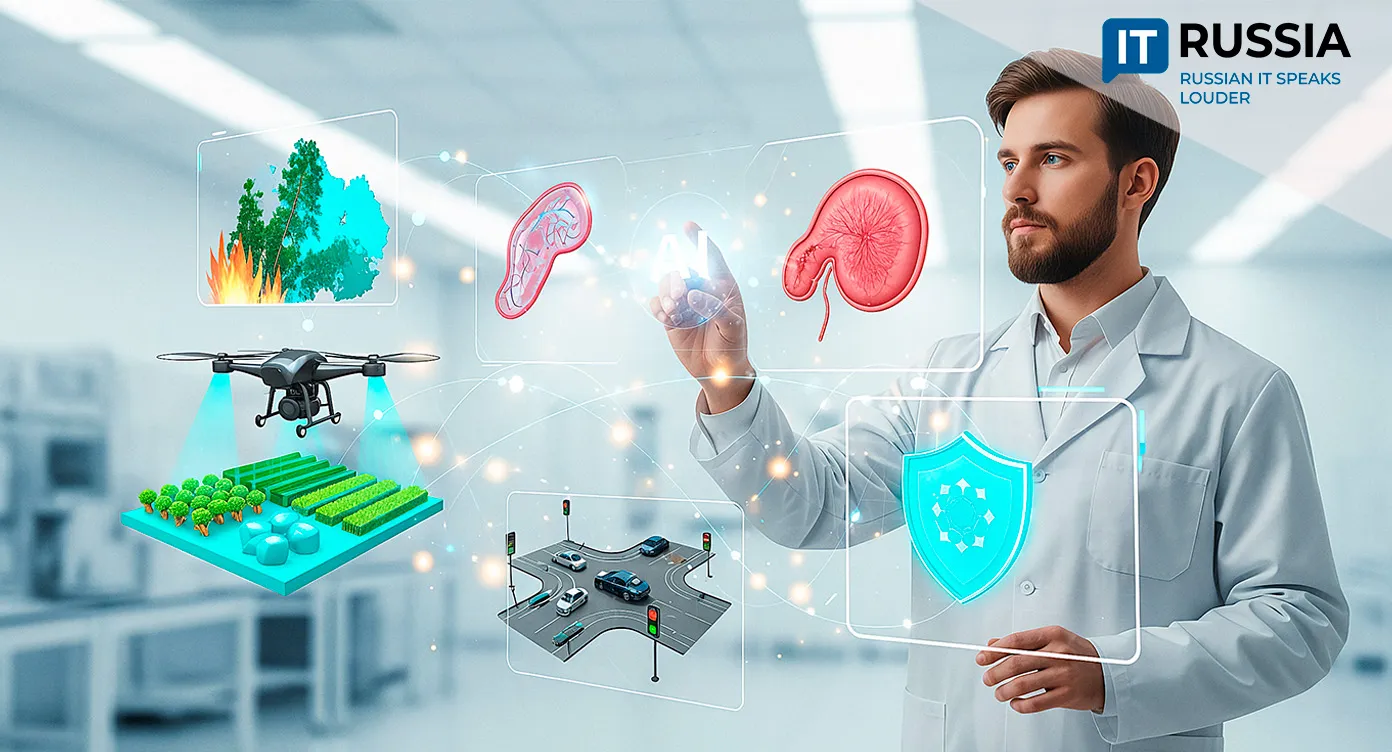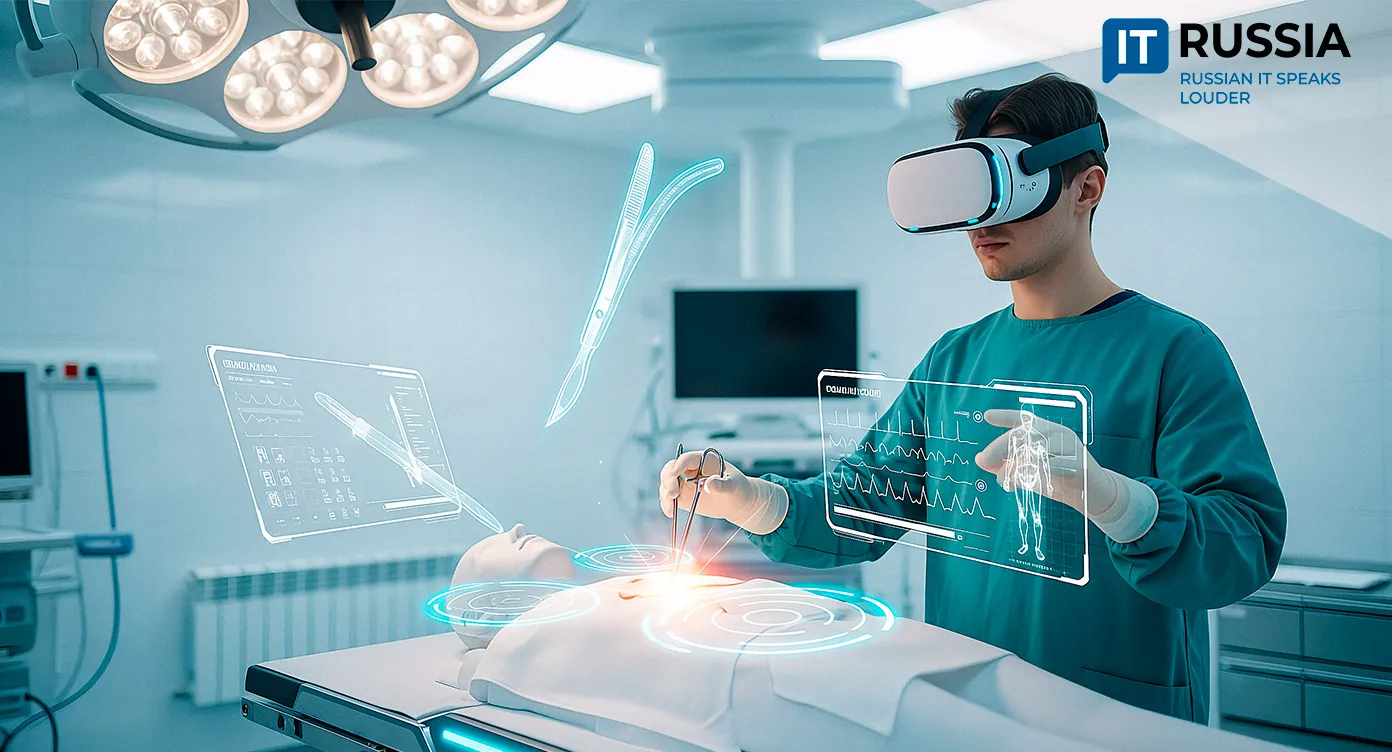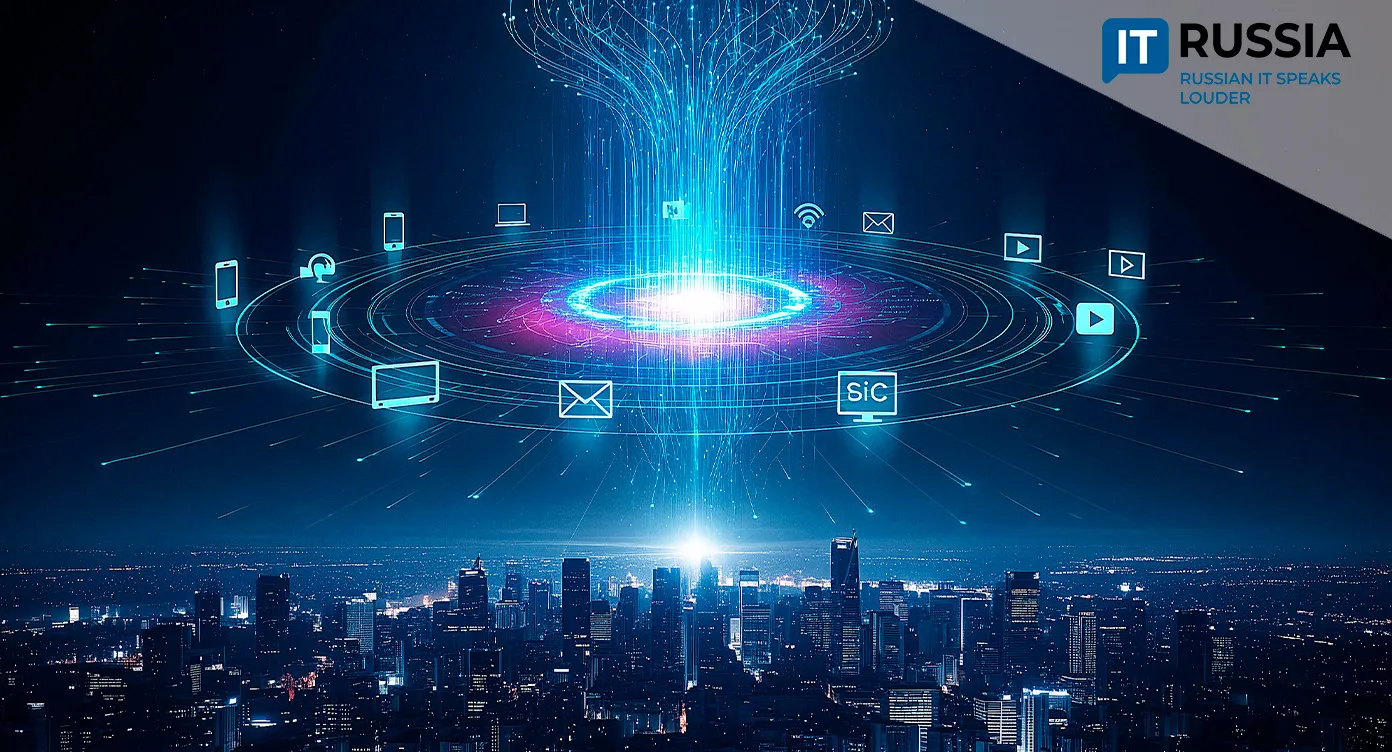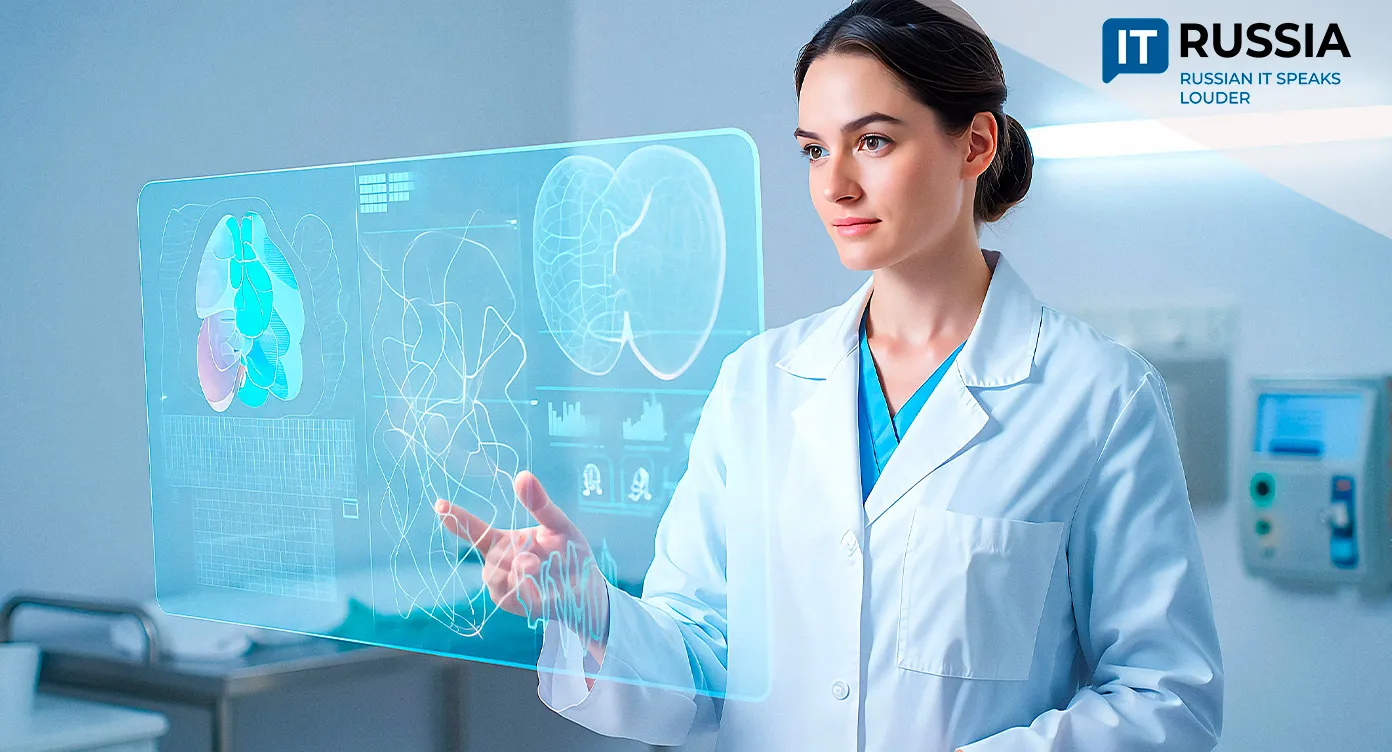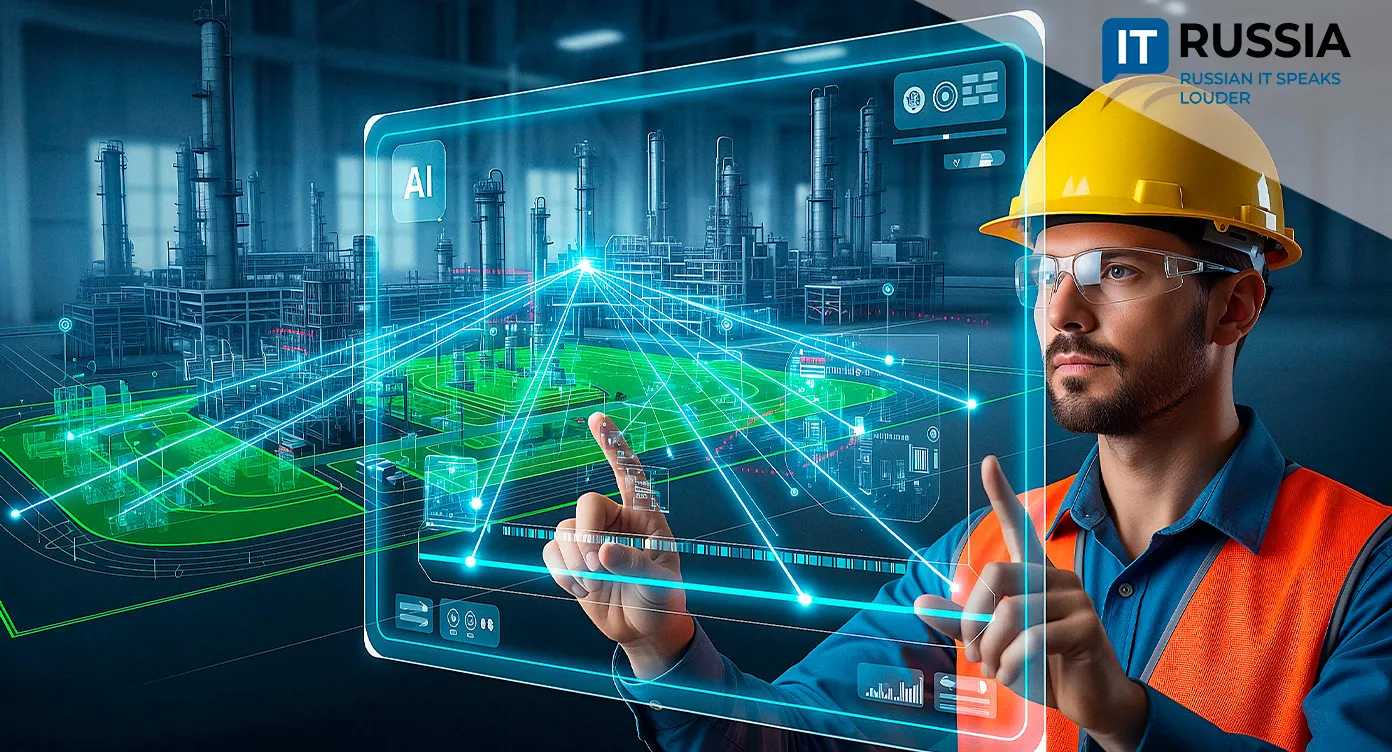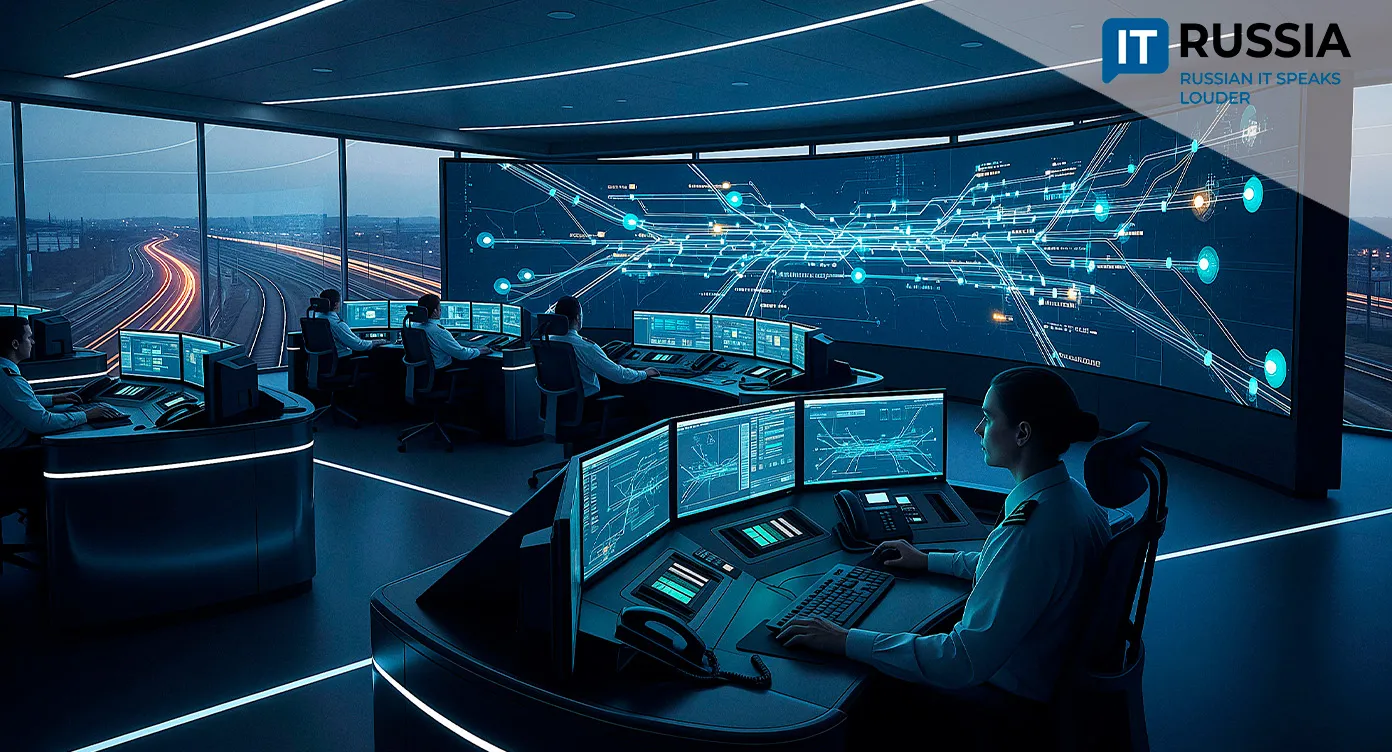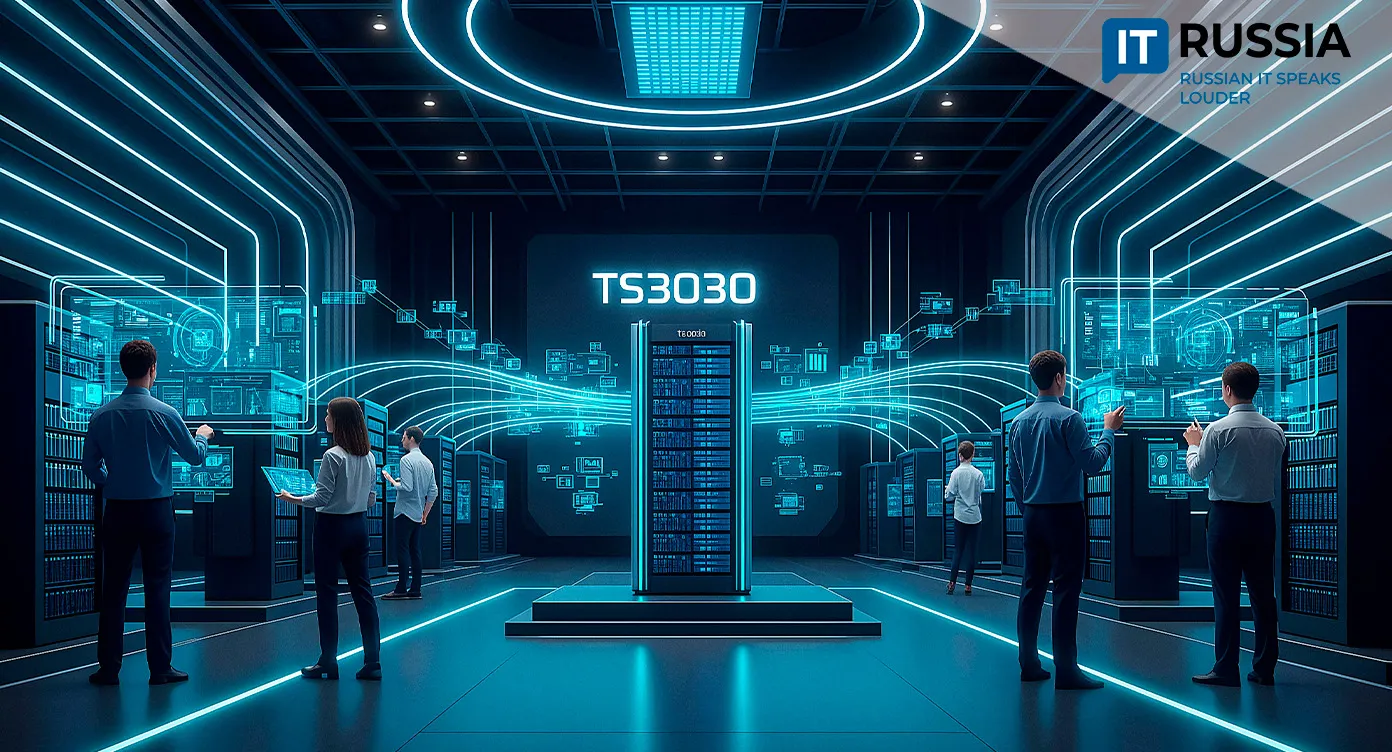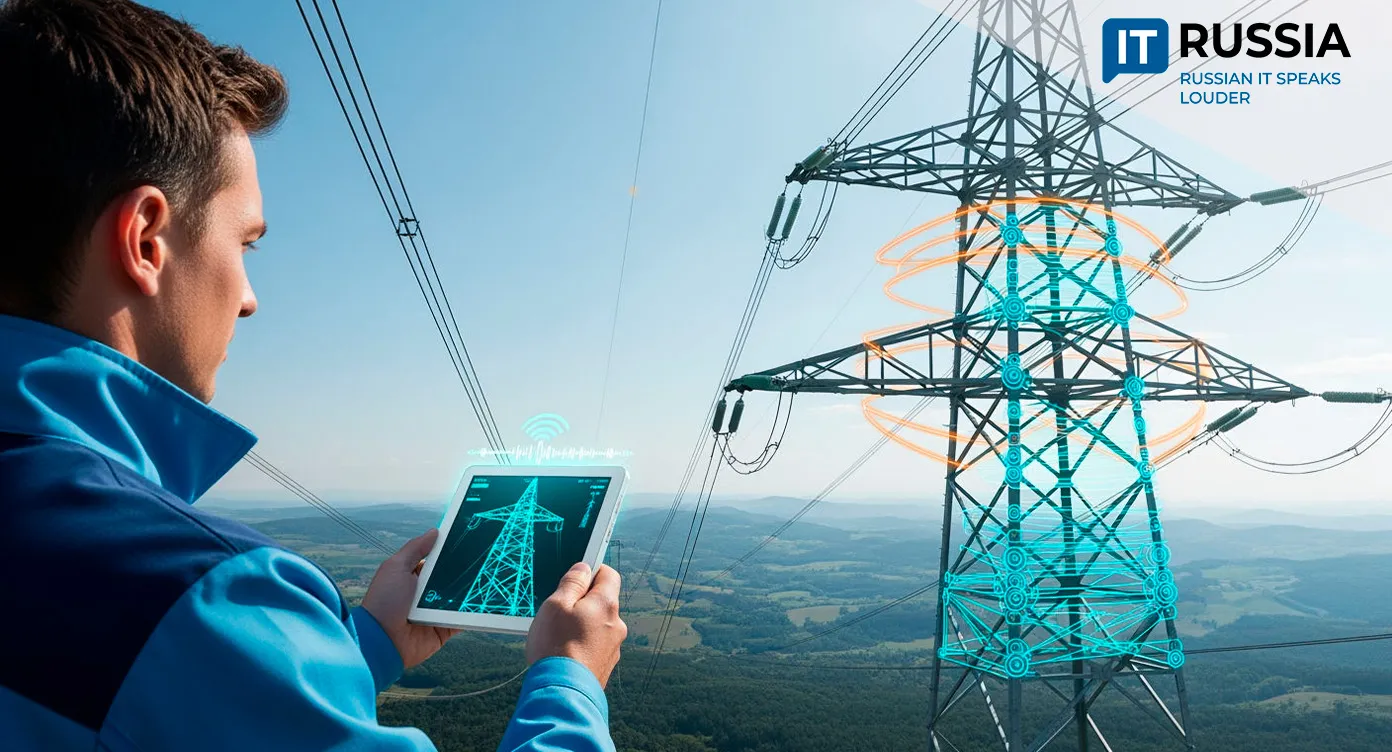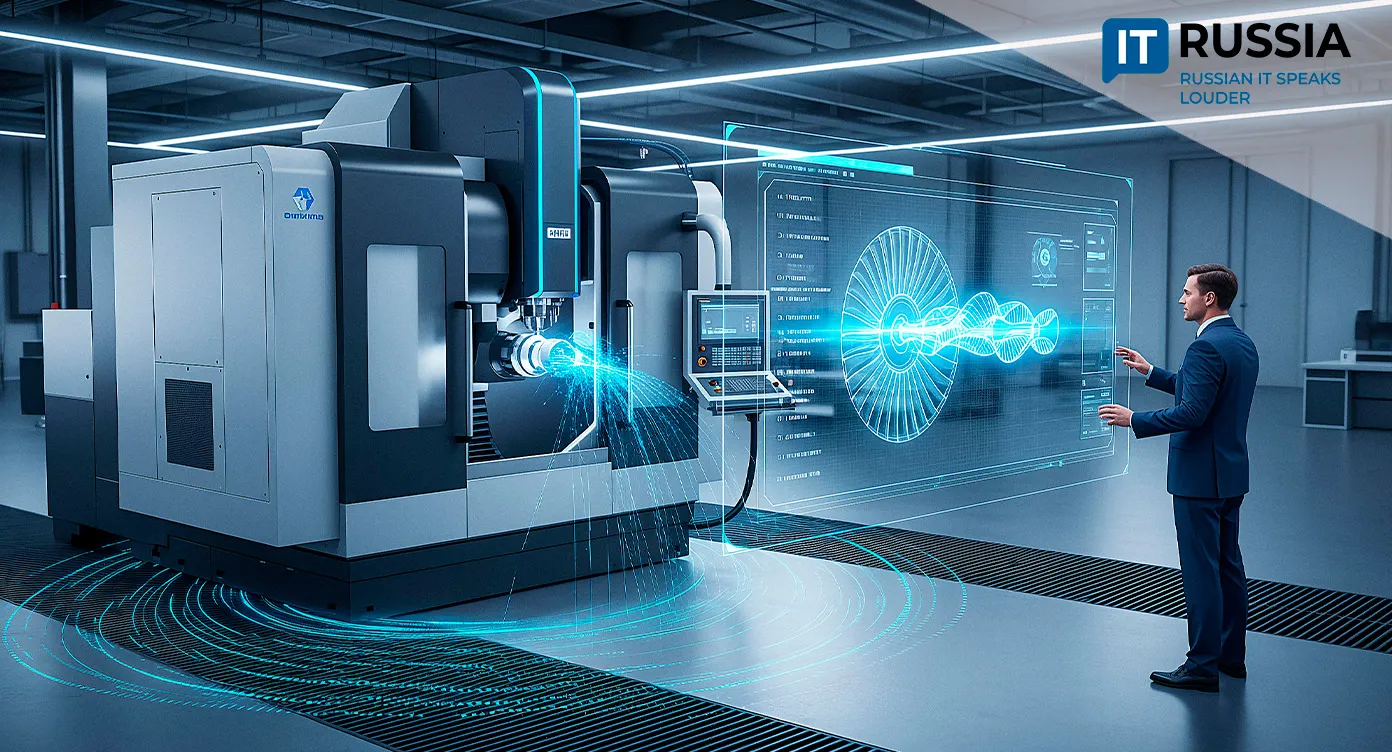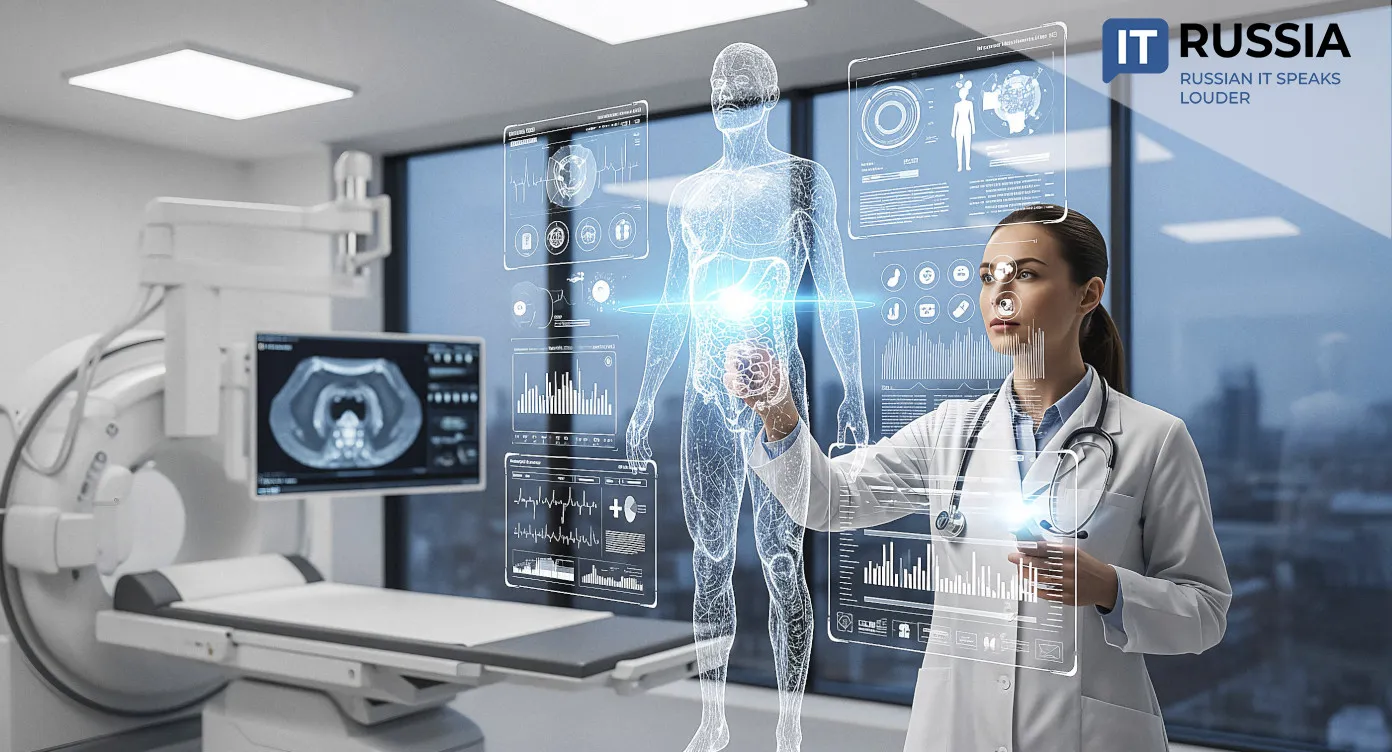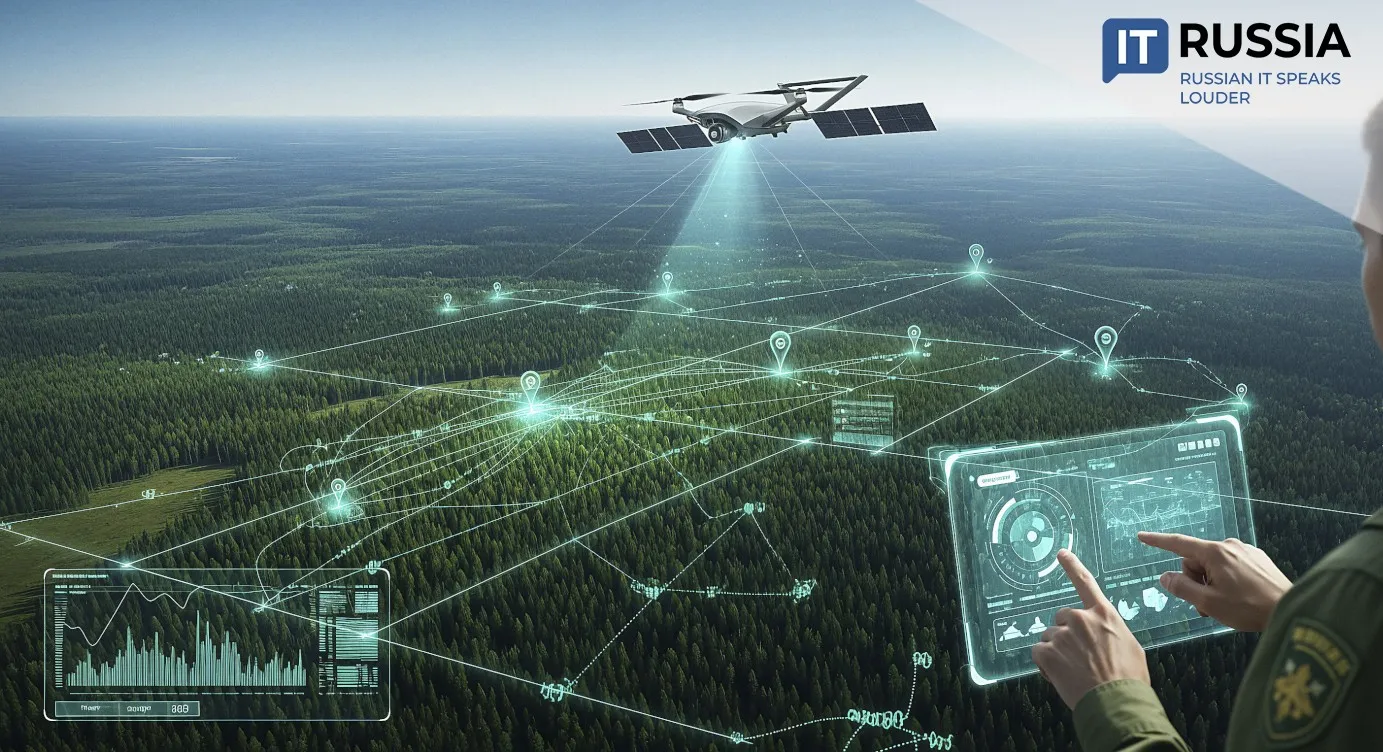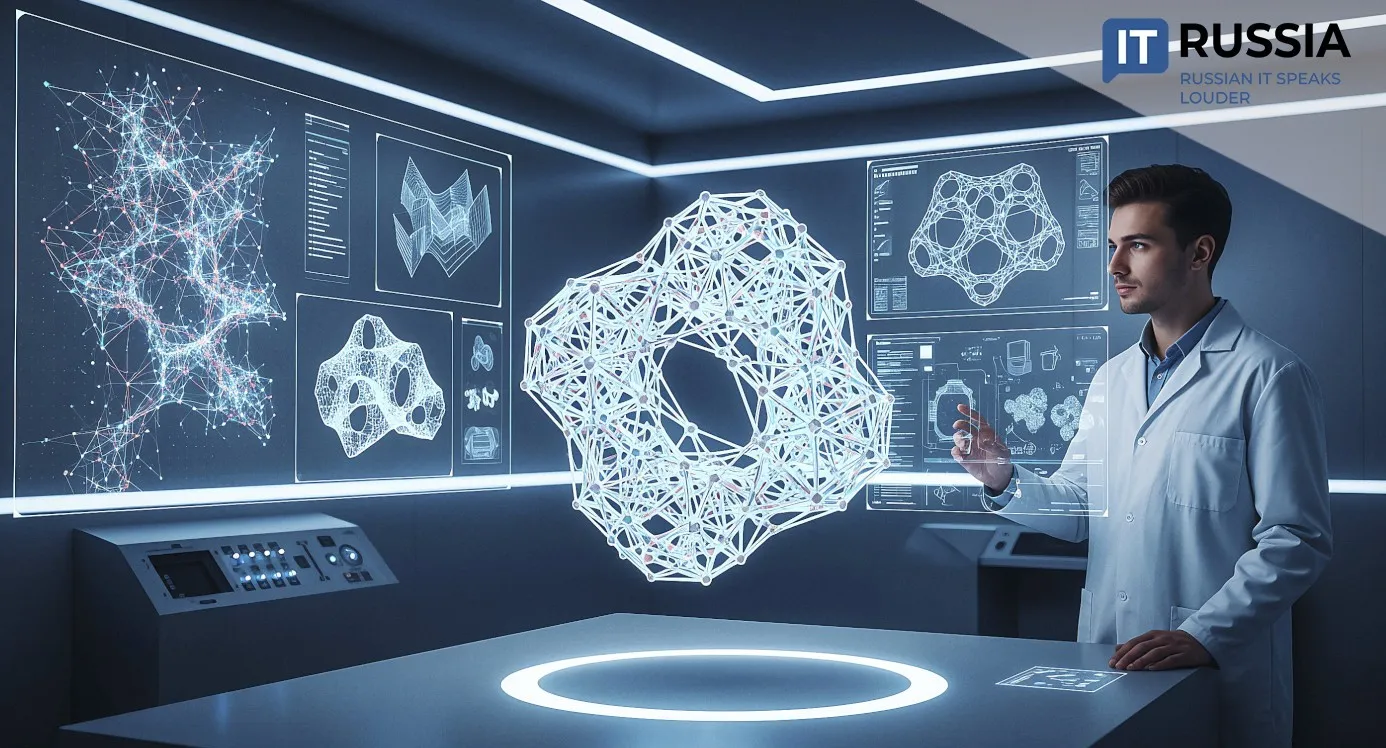Smart Drone for Cleaner Seas: How SUAI Is Transforming Ocean Monitoring
Saint Petersburg State University of Aerospace Instrumentation (SUAI) has developed onboard software for drones that automatically analyzes images and video to detect oil spills. The system can distinguish oil slicks from seaweed and debris with up to 98 percent accuracy.
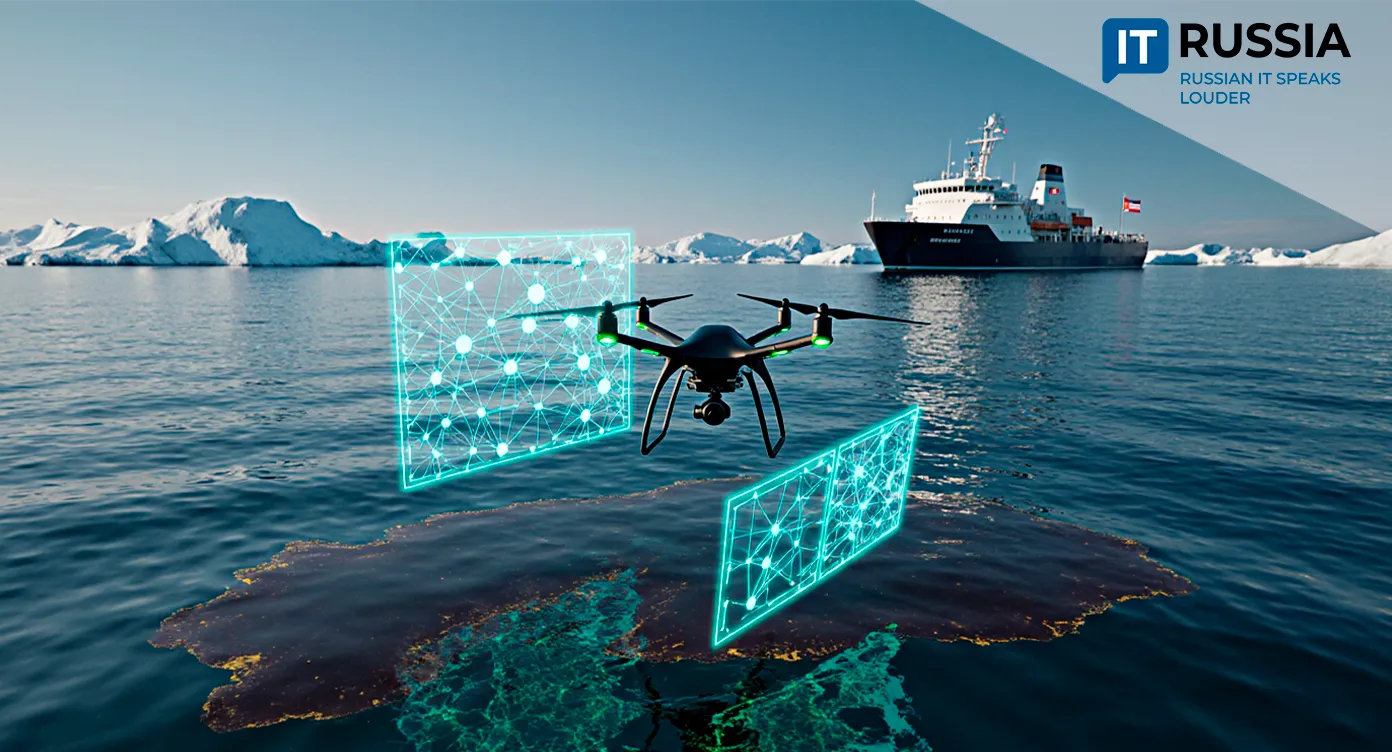
Research and Development in AI and Earth Observation
The new solution promises faster, more effective detection of oil pollution on water. SUAI’s breakthrough onboard software for unmanned aerial vehicles (UAVs) can quickly identify oil contamination on the sea surface.
The system automatically processes photo and video streams, distinguishing oil slicks from algae and debris with up to 98 percent accuracy. This is not just an academic experiment—it is applied research and development in artificial intelligence, remote Earth sensing, and drone technology, aimed at tackling one of today’s most pressing environmental challenges: ocean pollution.
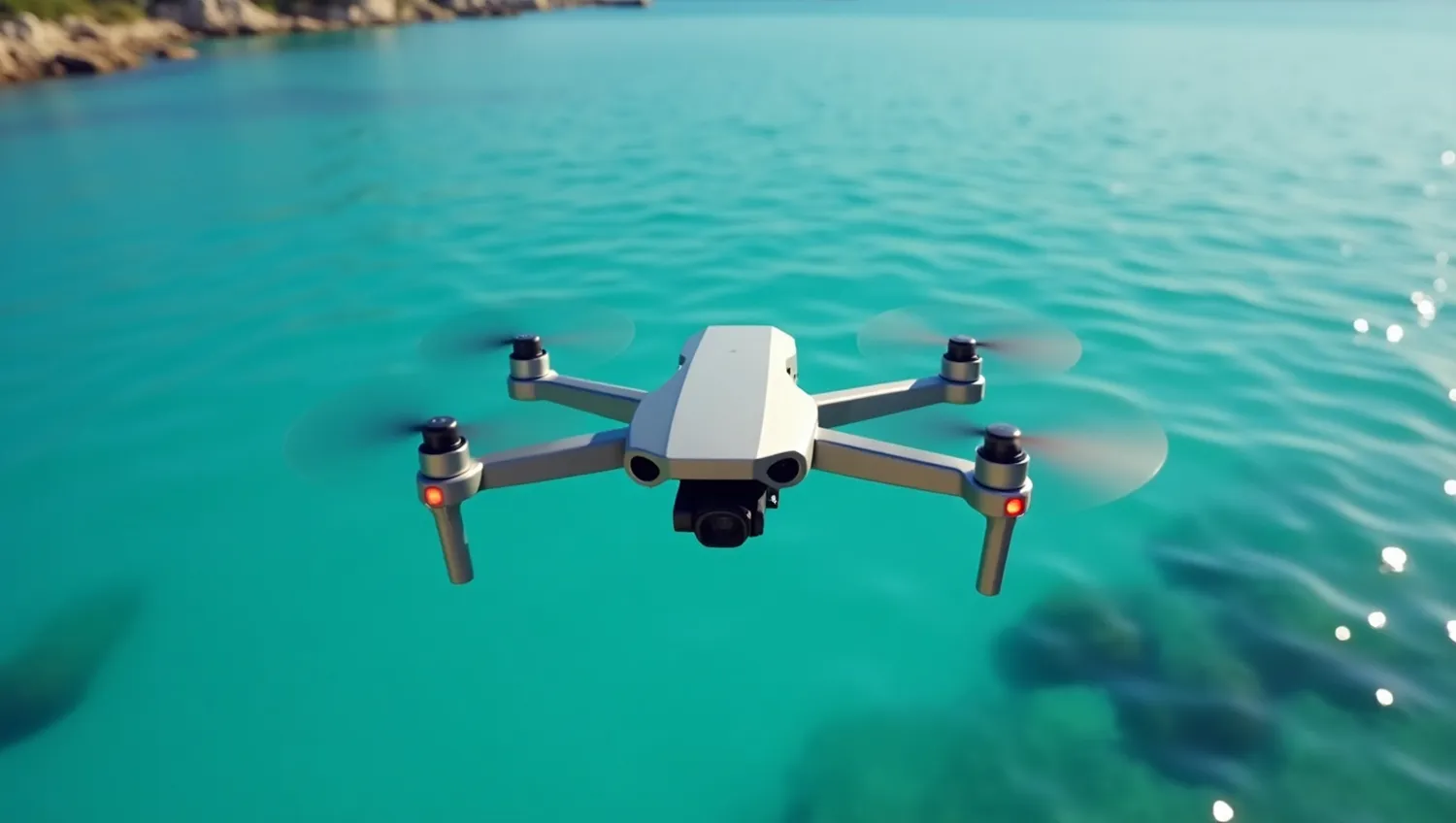
Faster and More Accurate
For Russian citizens, SUAI’s innovation means faster responses to oil spills. The sooner a spill is detected, the less damage to marine ecosystems, fish stocks, and coastal areas. For government agencies, it offers a powerful method for continuous monitoring of high-risk waters: the Arctic, the Black Sea, and the Baltic Sea.
Globally, the project places Russia in the race to master onboard data processing—a growing trend where analysis happens directly on the drone, without delays from transmitting data to ground servers. This approach is being advanced worldwide, but Russia’s solution stands out with competitive advantages in a sanctions environment and amid rising demand for autonomous environmental systems.
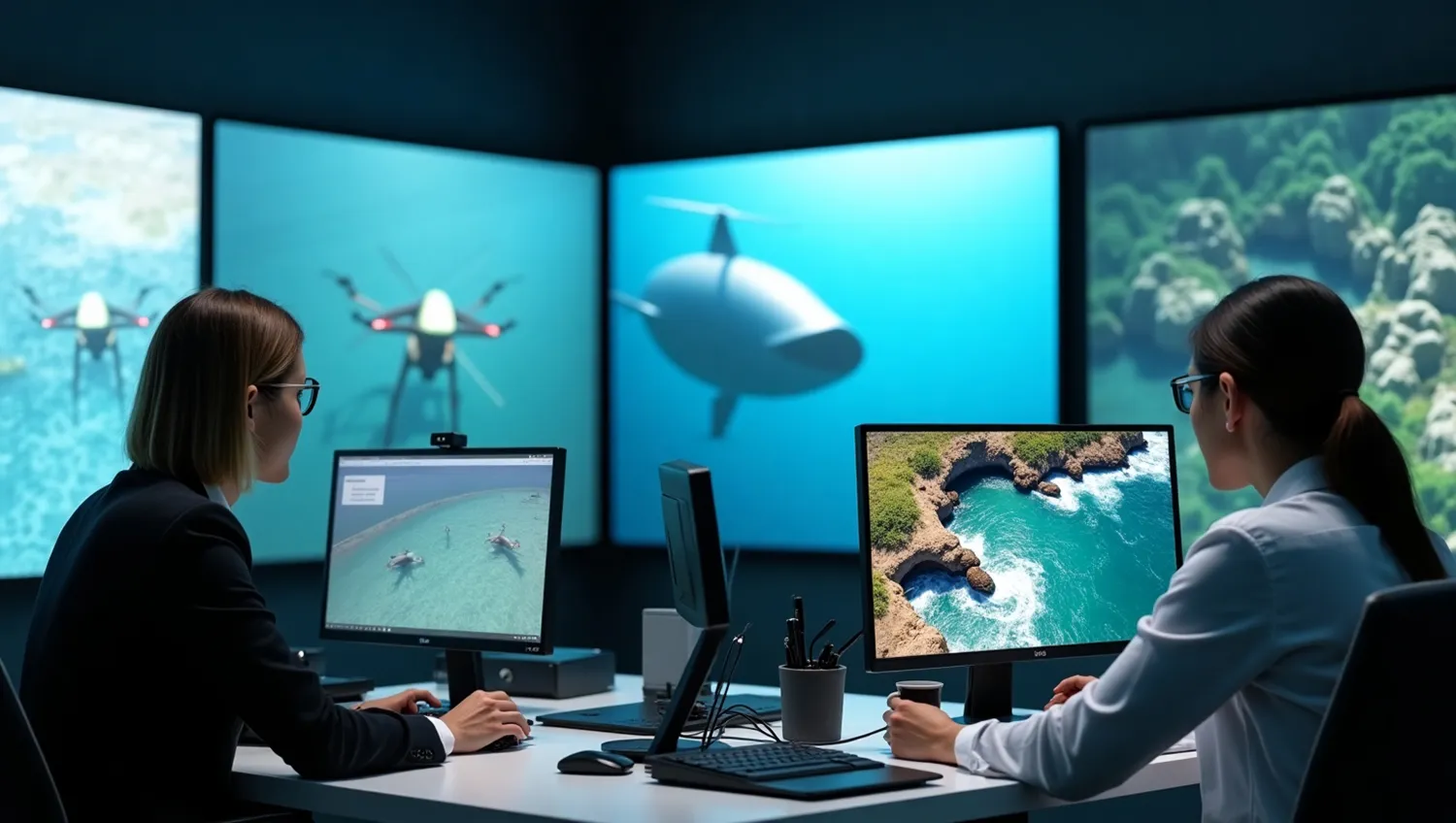
Where and How the System Will Work
The technology has wide application potential. It can already be integrated into UAV patrol complexes operated by the Ministry of Emergency Situations and the Marine Rescue Service, and even deployed on nuclear icebreakers along the Northern Sea Route. In 2025, the nuclear icebreaker Ural began duty with the Skopa-20 drone, designed specifically for spill investigation and cleanup—an ideal platform for the new software.
The system also fits into a broader monitoring chain. Satellites, such as Sentinel-1C, flag suspicious areas, and drones with onboard AI refine the data, guiding response teams for verification and cleanup. A similar setup is already active in the Black Sea, where in 2025 the Space Research Institute of the Russian Academy of Sciences detected oil slicks stretching over tens of square kilometers.
Equally important is the regulatory role: data from these systems could feed into official reports for Roshydromet and federal environmental oversight. In the private sector, the solution can be adopted at ports and oil-and-gas terminals, where demand is rising for autonomous tools to detect pollution.
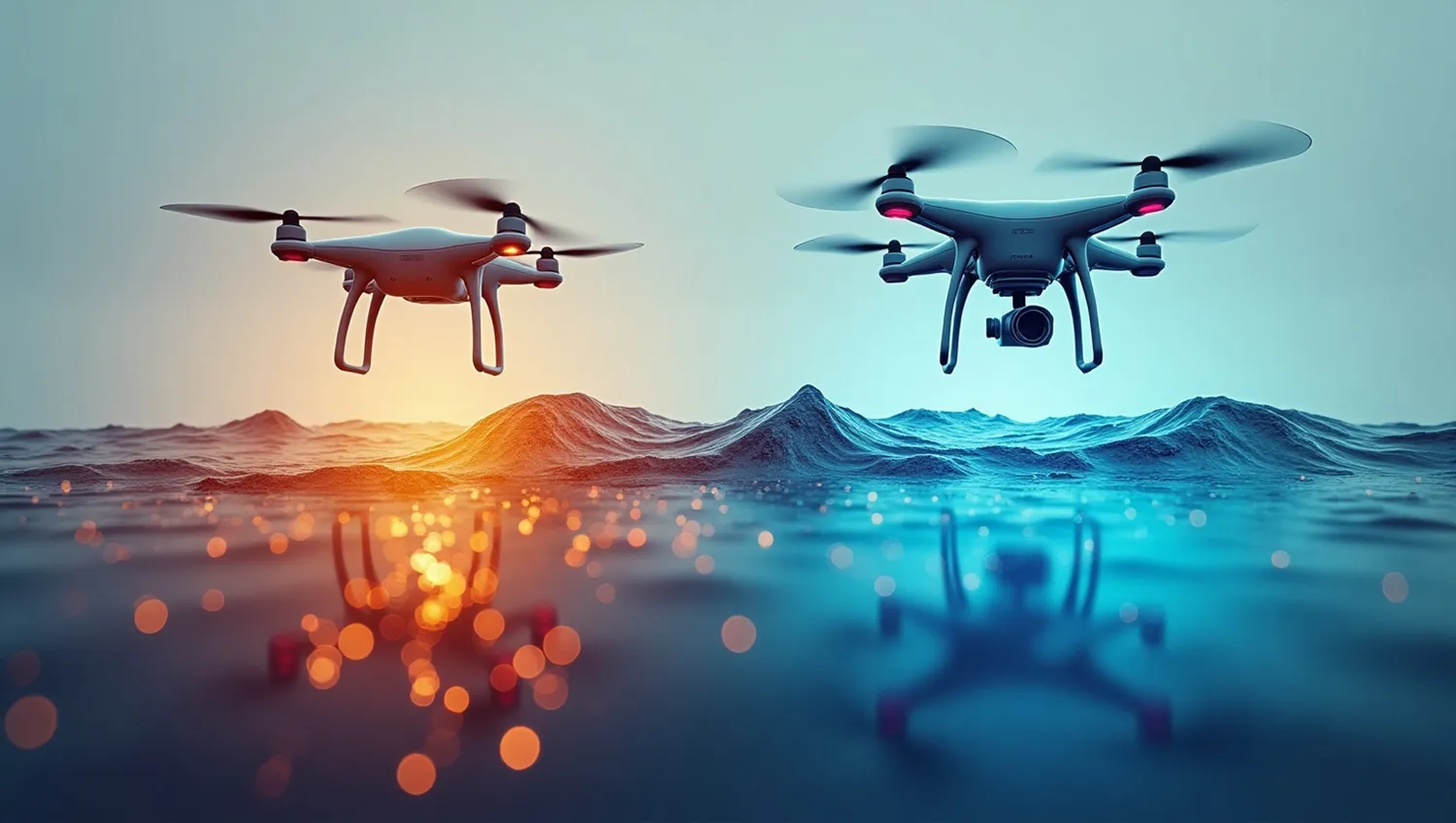
From Pilot Projects to Global Application
Only five years ago, such technology seemed futuristic. By 2025, Russia had moved to practical deployments—from drones aboard icebreakers to satellite imaging of the Black Sea. SUAI’s software represents the next step in this technological evolution.
Onboard analytics not only speeds up decision-making but also reduces false alarms. Pilot projects with regional agencies in the Black Sea and Arctic are expected soon. In the medium term, deployment is likely at ports and oil-and-gas facilities.
For global expansion, the system will need adaptation to ensure compatibility with foreign UAVs and sensors. But the critical point is that Russia now has the ability to monitor marine cleanliness and respond quickly to environmental threats.



